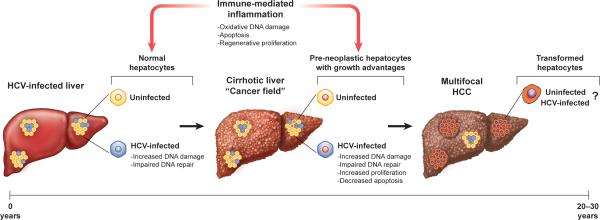Figure 2. Model for HCV-associated carcinogenesis.
Hepatocellular carcinoma (HCC) likely results from a combination of indirect host- and direct HCV-mediated mechanisms. Persistent immune-mediated inflammation, coupled with expression of core and NS5A, generates ROS that trigger oxidative DNA damage. HCV infection further compromises host genome stability by impairing DNA repair pathways. Repeated cycles of hepatocellular destruction with regenerative proliferation and progressive fibrosis within this pro-mutagenic environment result in a “cancer field” comprised of pre-neoplastic but genetically-altered hepatocytes. Continued hepatocellular turnover may, in turn, select for aberrant hepatocytes with growth advantages. Whether HCC arises directly from HCV-infected hepatocytes remains unclear, although HCV infection may enhance survival of abnormal hepatocytes by promoting cell proliferation and inhibiting apoptosis. Ultimately, these combined mechanisms may select for transformed cells, culminating in development of HCC over 2-3 decades of persistent HCV infection.

